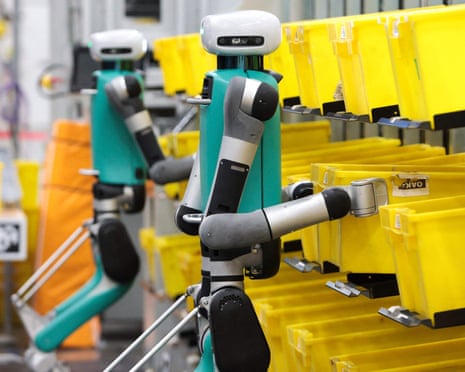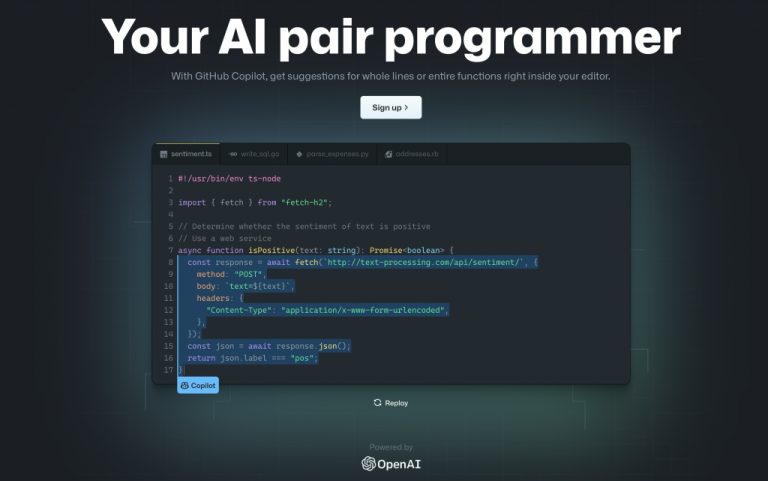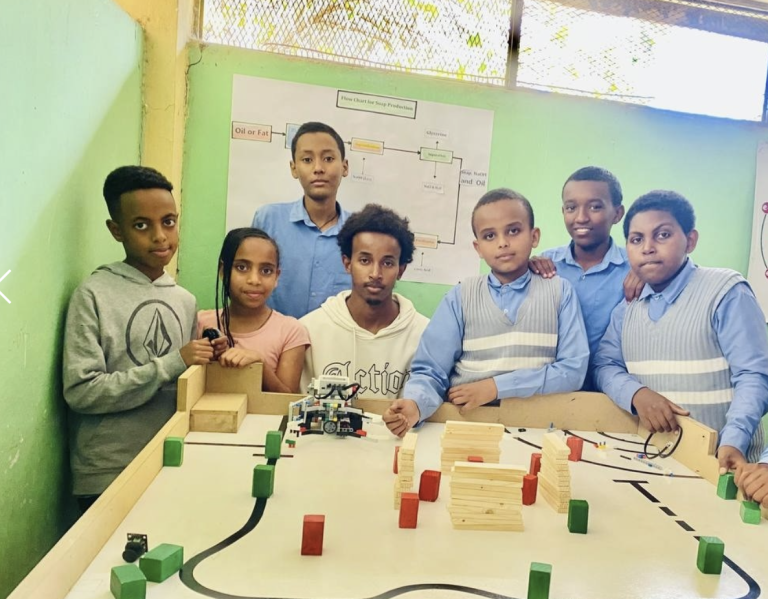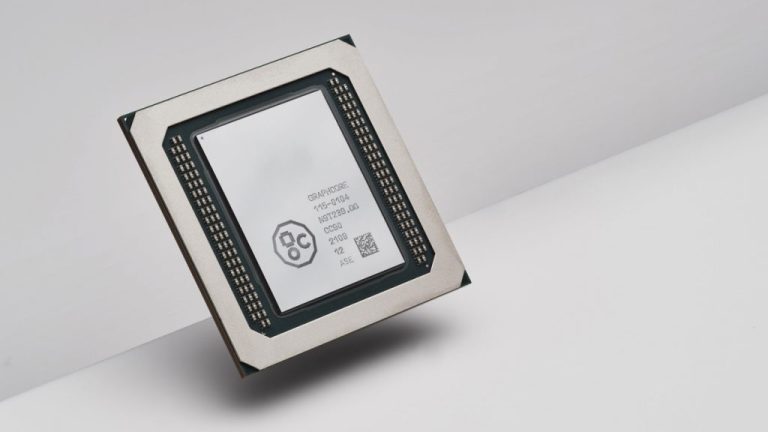Amazon Innovates with Humanoid Robots for Efficient Package Deliveries
Amazon is reportedly in the process of developing software for humanoid robots that could potentially take on the role of delivery workers, capable of “springing out” from delivery vans. The technology giant, valued at $2 trillion (£1.47 trillion), is establishing a “humanoid park” in the U.S. for these robots to undergo testing, according to a tech news site, The Information, which cites sources involved in the initiative.
The report indicates that these robots might eventually replace human delivery workers, powered by artificial intelligence software that Amazon is creating while utilizing hardware from other companies. The testing facility at an Amazon office in San Francisco is approximately the size of a coffee shop, and the company aims for the robots to travel inside Amazon’s Rivian vans to facilitate deliveries. Even with a human driving, a robot could theoretically improve drop-off efficiency by servicing one delivery address while the driver manages another.
Amazon also has a vested interest in self-driving technologies through its Zoox unit. Currently, the company operates over 20,000 Rivian vehicles across the U.S., with one designated for the humanoid testing zone. Following their trials in the humanoid park, Amazon plans to take the robots on “field trips” in real-world scenarios to deliver packages to homes.
Previously, Amazon has tested humanoid robots in its warehouses, employing technologies developed by U.S.-based Agility Robotics. Peggy Johnson, the CEO of Agility, mentioned that their Digit robot enables human employees to delegate tasks to these humanoids, functioning as a “robot manager.” Last year, Amazon also received authorization to test drones beyond a human controller’s line of sight in the U.K., paving the way for advancements in home delivery technologies.
Professor Subramanian Ramamoorthy, chair of robot learning and autonomy at the University of Edinburgh, noted that Amazon has an esteemed robotics team and that its focus on optimizing “last-mile” delivery is not surprising. He explained that humanoid robot hardware capable of such tasks is becoming more accessible, and the field is advancing rapidly. However, he cautioned that achieving reliable performance in environments outside of controlled settings, like the humanoid park, poses a significant challenge.
He stated, “If Amazon limits the scope, using relatively clear driveways and standardized door layouts, the task becomes much simpler. However, as the environments get more complex—introducing variables like pets and small children—the challenges intensify.”
Amazon has yet to respond to requests for comment.







